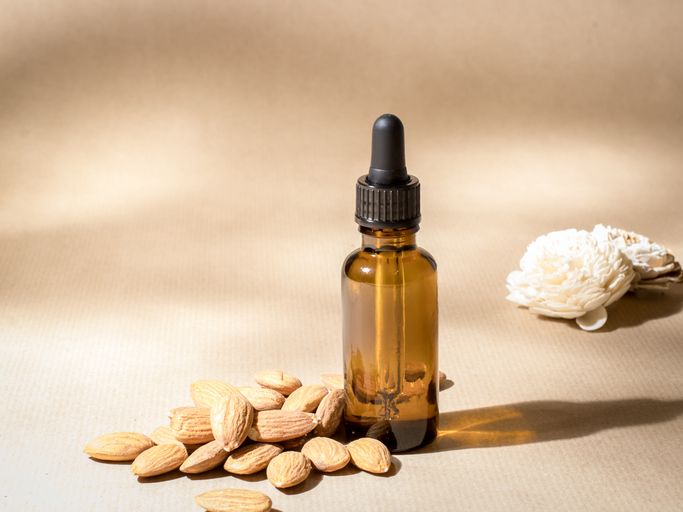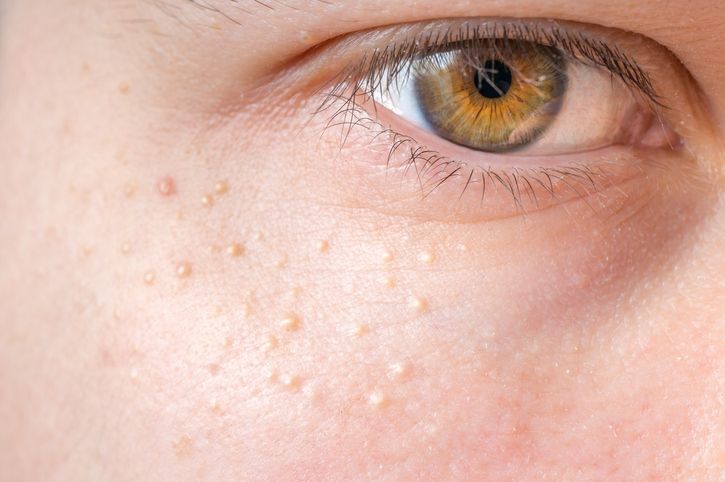- Home
- Trend
- Weight Loss Strategies
- Acne Tips
- Hair Health Information
- Blemish Removal Tips
- Acne Scar Removal Tips
- Muscle Building Techniques
- Intimate Care Tips
- Postpartum Intimate Care
- Eye Bags Wiki
- Tips for Face Slimming
- Secret of Permanent Hair Removal
- Breast Enlargement Tips
- Cure to Snoring
- Marionette Lines
- Skin-Tightening Secrets

免費體驗
A3 Laser Hair Removal Treatment
1 Minute Self-Registration
Date should not be before minimal date
Dreaming of smooth, hair-free skin but overwhelmed by the endless options? Hair removal creams, also known as depilatory creams, have emerged as a popular choice for a reason – they're convenient, quick, and relatively painless. But with so many skin types, is there a perfect hair removal cream match for you? Absolutely! This guide empowers you to navigate the world of hair removal creams and find the ideal solution for your unique skin, ensuring you achieve silky-smoothness safely and effectively. Let's delve into the world of depilatory creams and discover how to choose the right one for you!
1
How Hair Removal Creams Work?

1. Dissolving the Hair Shaft
2. Disruption at the Molecular Level
3. A Gentle Farewell to Unwanted Hair
4. A Temporary Solution
2
Keep Your Hair Removal Cream Works Better and Let Hair Regrowth Feels Softer
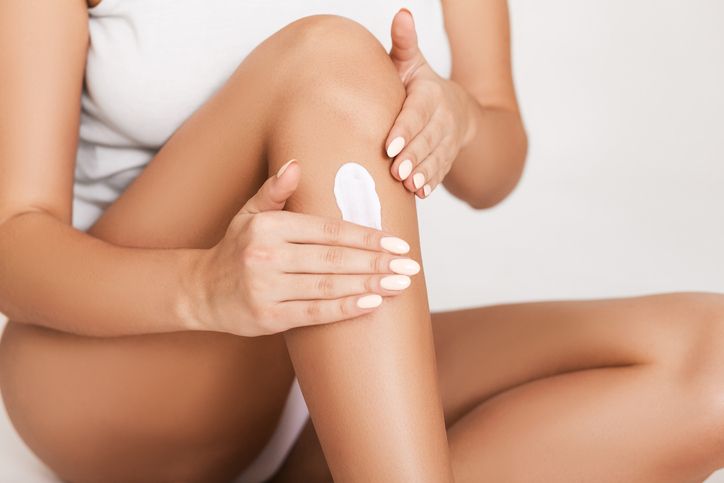
Understanding Your Skin Profile
Choose the Right Ingredients for Sensitive Skin
Beyond Brand Recognition: Key Ingredients for Enhanced Comfort
- Underarm Hair Removal: 3 Benefits You Need to Know! Razor vs. Hair Removal Cream: Which Lasts Longer?
- Painless Hair Removal Wax Kit & A3 Laser Hair Removal Treatment: Which Works Best?
- Dermatologist-Approved “Vaseline Method” + 7 Proven Ways To Get Rid Of Upper Lip Hair
- 3 IPL Hair Removal Myths Debunked: What You Really Need to Know Before You Try
3
Steps to Use Hair Removal Cream Properly

1. Patch Test: Your Crucial First Step
2. Skin Prep for Optimal Results
3. Application: Spreading the Cream for Effective Hair Removal
4. Timing is Key: Following Instructions for Safe Removal
5. Removal: Gently Wiping Away Hair and Cream
6. Post-Application Care: Soothing and Hydrating the Skin
4
Know Your Ingredients in Hair Removal Creams
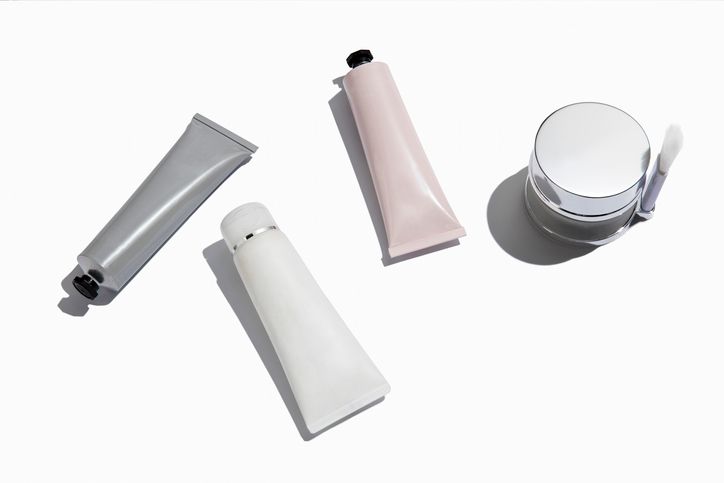

免費體驗
A3 Laser Hair Removal Treatment
1 Minute Self-Registration
Date should not be before minimal date
5
Tips for Your Hair and Skin Type When You are Removing Unwanted Hair

Sensitive Skin Reactions
Preventing Ingrown Hairs
Chemical Burns
6
Cared for Skin? Pay Attention to Your Body When You Remove Hair
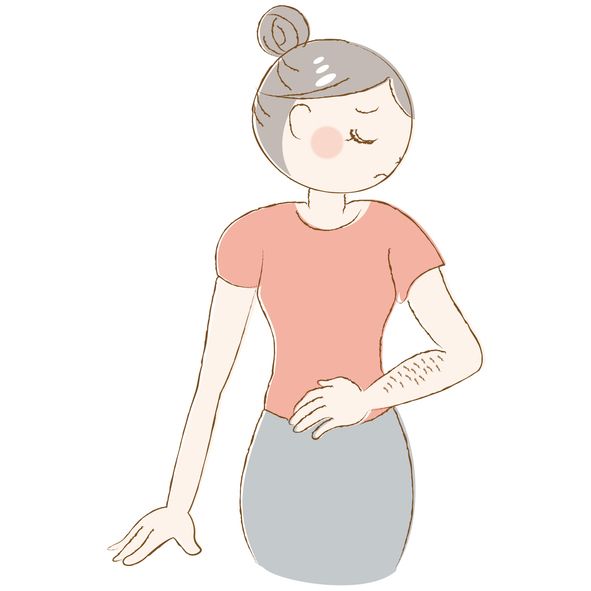
Signs of a Serious Reaction
Taking Action
Early Intervention is Key
7
Get Rid of Short Hair With Depilatory Cream or The Choice of Your Treatment
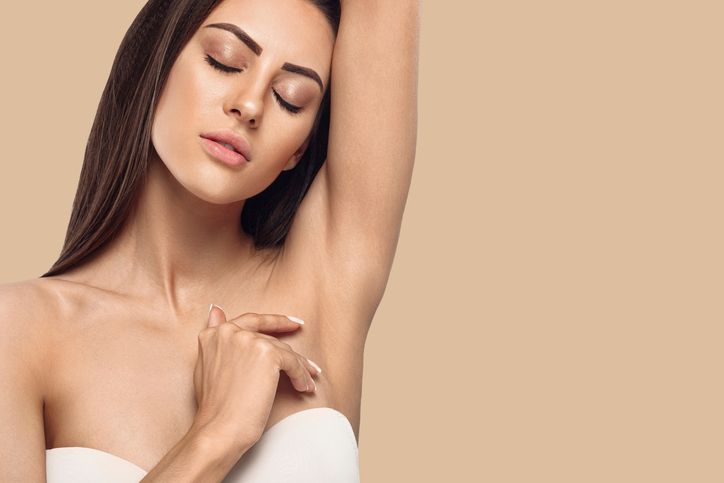

免費體驗
A3 Laser Hair Removal Treatment
1 Minute Self-Registration
Date should not be before minimal date
FAQ

1. How effective is hair removal cream for body hair removal, and how long do the results last?
Hair removal cream effectively removes body hair and can keep your skin smooth and hair-free for up to a week. Unlike other hair removal methods, it works by dissolving the hair just below the skin's surface, leading to softer regrowth.
2. What should I do if I experience an adverse reaction to a depilatory cream?
If you experience an adverse reaction, such as redness, swelling, or a burning sensation, rinse the area immediately with a warm washcloth and cold water. If the symptoms persist, seek medical advice promptly. Many depilatory creams contain soothing ingredients like aloe vera and vitamin E, but individual reactions can vary.
3. Is hair removal cream suitable for sensitive areas like the bikini line?
Yes, many hair removal creams are formulated to be gentle on sensitive areas, including the bikini line. The inclusion of soothing ingredients such as aloe vera and vitamin E helps to protect the skin during the hair removal process, leaving it silky soft.
4. How do hair removal creams compare to other hair removal methods?
Hair removal creams offer a painless and quick alternative to other hair removal methods like shaving or waxing. They are especially suitable for those with sensitive skin due to their soothing properties. However, it is important to perform a patch test before use and to follow the instructions carefully to avoid any adverse reactions.
5. What are the key ingredients in hair removal creams, and how do they benefit the skin?
The key ingredients in hair removal creams often include aqua, aloe vera, and vitamin E. Aqua (water) helps to dissolve the hair removal agents and ensure easy application. Aloe vera provides soothing properties that help reduce irritation, while vitamin E acts as an antioxidant, nourishing the skin and keeping it silky soft.





